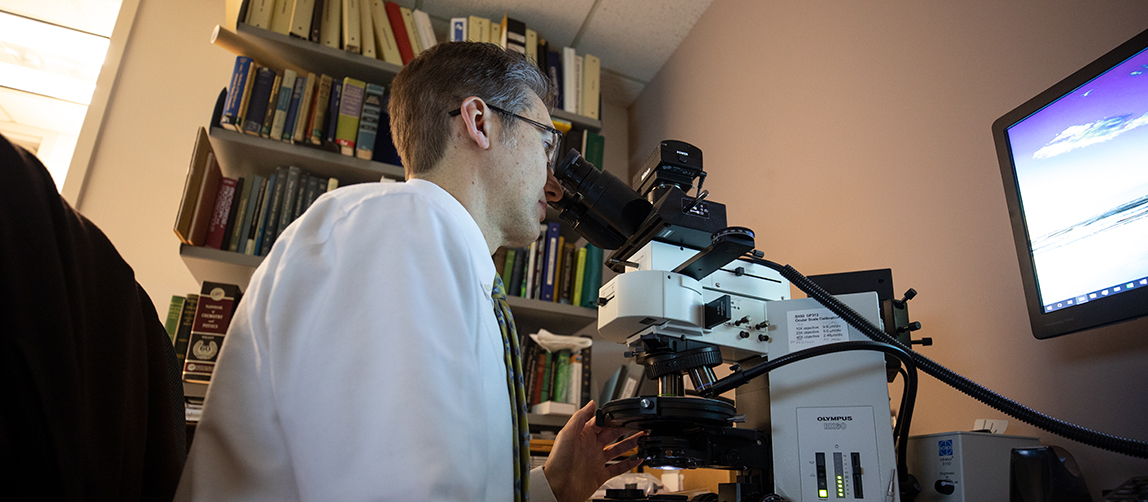
Polarized Light Microscopy (PLM)
The most direct and powerful application of polarized light microscopy (PLM) is the identification of hundreds, if not thousands, of particles and materials based only on their morphological and optical properties. Many types of fibers, pigments, food products, pollen grains, spores, hairs, glass, combustion products, pharmaceuticals, explosives, minerals and other crystalline materials can be identified by sight alone or with the aid of optical tests that can be conducted with the polarizing microscope.
PLM is also a useful tool for the recognition and identification of samples that contain multiple components and that would be difficult or impossible to analyze by other instrumental techniques. By using the unparalleled pattern recognition capabilities of the human eyes and brain, PLM offers a degree of speed and specificity unmatched by any other analytical technique.
Polarized light microscopy employs a compound microscope equipped with a rotating stage and Polaroid filters for illumination of a sample with polarized light. It is an extremely useful light microscopy technique, solving a high percentage of analytical problems. A partial list of the properties of individual particles as small as a few micrometers that can be determined with the polarized light microscope would include size, shape, color, density, surface texture, refractive indices, pleochroism, transparency/opacity, crystal habit, crystal system and interfacial angles. Through the use of observed physical manipulation and chemical reaction, properties such as elasticity and solubility may also be determined.
When polarized light microscopy is combined with micro-scale techniques of qualitative analytical chemistry (chemical microscopy), it becomes an even more powerful and versatile tool for solving a wide variety of contamination, particle identification and materials analysis problems.
Instrumentation
McCrone Associates uses a variety of Nikon and Olympus polarized light microscopes.